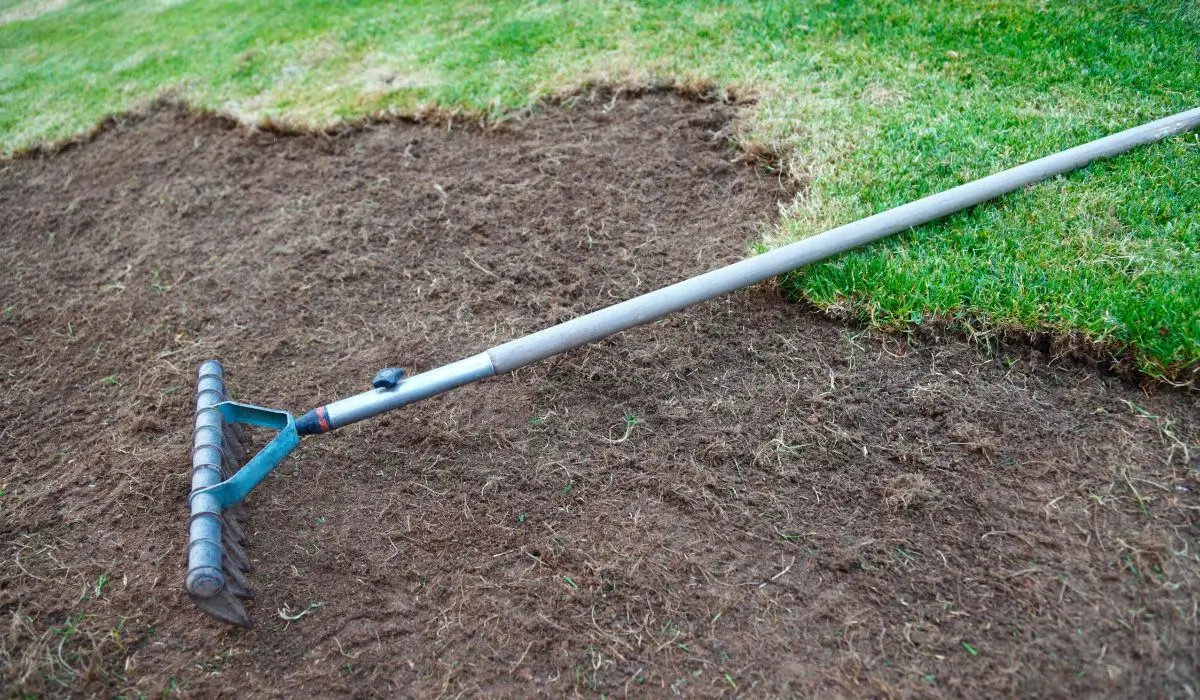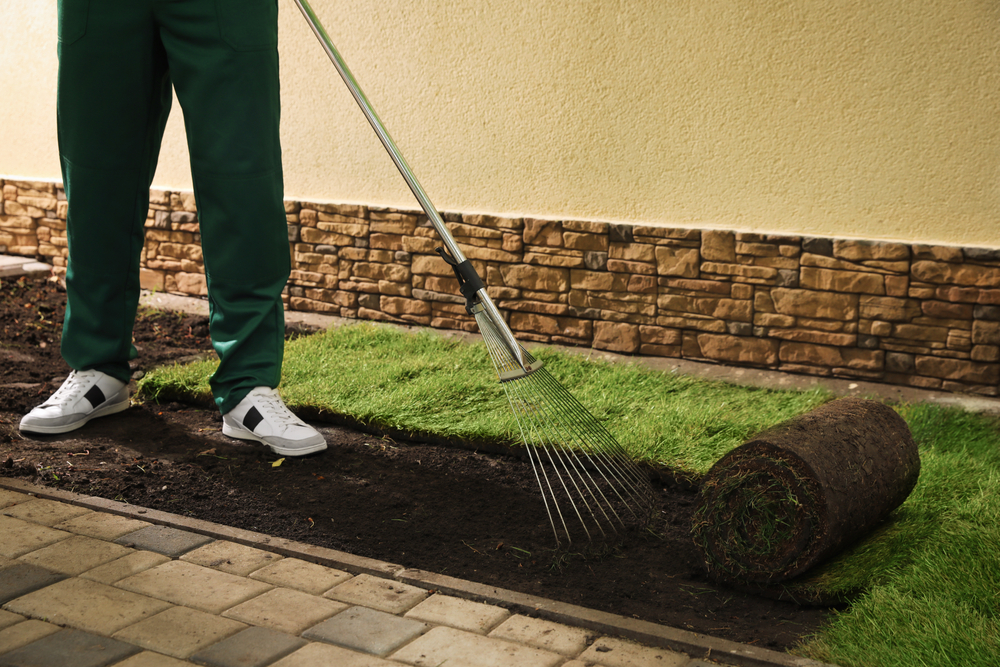
Austin’s Clay Soils vs. Your Lawn: How Leveling Solves Hidden Soil Problems
Clay Soils in Austin: The Hidden Issue and the Smart Fix for Lawns
Why Your Lawn Feels Like Concrete? After a Texas rainstorm, your yard holds puddles for days. Then, under the summer sun, the same lawn feels like rock-hard pavement. Many homeowners assume the solution is more water or fertilizer. The real culprit? Clay soils—a hidden problem common across Austin neighborhoods.
When clay dominates your soil profile, drainage slows, oxygen vanishes, and roots suffocate. If you’ve been frustrated with lawn care in Austin TX, the issue may not be what you’re doing—but what’s under your feet. That’s why All Seasons Austin Landscaping offers specialized lawn leveling services to fix these hidden issues for good.
So, why does clay create so many challenges, and what can you do to fix it? Let’s start by breaking down why Austin’s soil behaves the way it does.
What Makes Austin’s Clay Soils So Problematic?
Clay soils make up over 60% of Central Texas landscapes (Texas A&M AgriLife Extension). Their particles measure less than 0.002 millimeters (USDA Soil Survey), creating a dense structure that resists water infiltration. Instead of moving downward, rainwater pools, leaving your turf vulnerable to rot and disease.
Key Factors Behind the Problem
⚠ Poor Drainage: Standing water can persist for 48 hours or more after storms in poorly graded lawns (City of Austin Landscaping Guidelines).
⚠ Rapid Compaction: Even light foot traffic compacts clay three times faster than sandy soils.
⚠ Topsoil Removal: Many Austin construction projects strip away the top 6 inches of loamy soil, exposing heavy clay layers.
“Clay-heavy soil traps water — but also blocks your grass roots from getting it.”
This imbalance makes clay soil lawn repair essential before investing in more seed or fertilizer. If your property includes flower beds or greenery, scheduling garden care in Austin TX can help maintain plant health in these conditions.
For more insight into drainage concerns, check out common causes of lawn drainage issues.
Signs That Your Clay Soils Is Causing Lawn Damage
Wondering whether your lawn problems go deeper than the surface? Clay-heavy soil leaves behind some telltale clues that are easy to spot once you know what to look for:
Water that overstays its welcome
When water lingers for 24–48 hours after a storm, it’s a sign your yard has poor drainage (Texas A&M AgriLife Extension).
Spongy or uneven texture
Some areas feel soft underfoot while others are hard as concrete—classic signs of compaction.
Patchy or thin grass despite feeding
Thin or bare spots develop even when you’re watering and fertilizing regularly because roots can’t get enough oxygen.
Scalping during mowing
An uneven lawn often leads to scalping, where mower blades cut too low and damage your turf.
These symptoms often link to compacted lawn soil, a condition where clay’s tiny particles squeeze out air spaces, leaving roots stressed. Without intervention, the best lawn maintenance in Austin TX won’t correct these structural issues.
To keep lawns healthy through seasonal changes, see our Austin seasonal lawn care checklist.
Why Lawn Leveling Is a Smarter Fix Than Aeration Alone?
Aeration punches holes to improve airflow and water movement—but in Austin’s clay-heavy soils, those holes close fast. Why? Clay’s fine particles swell when wet and shrink when dry, sealing those gaps within weeks.
How Leveling Solves What Aeration Can’t
- Permanent Grade Correction: Leveling reshapes the surface so water drains evenly rather than pooling in low spots.
- Deep Structural Relief: Our process reduces subsurface compaction—not just the top inch.
- Soil Science Advantage: We incorporate a sand-soil blend that resists reconsolidation, creating long-term stability.
When combined with lawn aeration and lawn leveling in Austin TX, you create a layered defense against recurring compaction. Think of it as rebuilding the foundation instead of just poking holes in the walls.
How Our Team Levels Lawns for Clay Soils Success?
We’ve serviced hundreds of Austin properties, and our process follows best practices for Texas soils:
- Soil Analysis: We perform compaction and pH checks to plan accurately (Texas A&M Guidelines).
- Regrading: Low spots are raised, high spots lowered for even drainage.
- Sand-Soil Application: A 50/50 blend improves structure, stability, and water movement.
For clients adding design upgrades, landscape design in Austin TX integrates leveling with visual appeal. If irrigation adjustments are needed, we install custom sprinkler systems in Austin TX for consistent coverage. Browse what our clients say in our reviews.

Uneven ground and standing water don’t have to ruin your lawn. Get a FREE quote now and secure a proven solution for clay soil issues before the next rain sets you back.
Optional Add-Ons for Long-Term Lawn Health
After leveling, consider these add-ons for durability:
📌 Lawn Aeration: Keeps airflow open over time.
📌 Compost Topdressing: Boosts microbial life and soil fertility.
📌 Irrigation Check: Ensures sprinklers function after grade changes.
📌 Optional upgrades: sprinkler repair in Austin TX and landscape lighting installation in Austin TX for improved curb appeal and system reliability.
FAQs
Will my lawn need new grass after leveling?
In most cases, no. If the adjustments are minor, your existing grass usually recovers on its own. For larger regrading projects, we’ll handle reseeding or sod installation to ensure your lawn looks seamless.
How quickly will drainage improve after leveling?
You’ll typically notice better drainage within the first growing season. When paired with soil amendments and proper irrigation adjustments, results can be even faster.
Is lawn leveling safe for kids and pets?
Absolutely. We only use clean, non-toxic materials, and our team works efficiently to keep disruption minimal so your family can enjoy the yard again quickly.
Fix Clay Soils for Good: Proven Lawn Leveling Tips That Work
Austin’s clay soils cause more than muddy shoes—they quietly work against every effort to keep your lawn healthy. When water can’t drain and roots can’t breathe, no amount of fertilizer or extra watering will solve the problem.
All Seasons Austin Landscaping provides the solution with professional lawn leveling services designed for Austin’s unique soil challenges. Leveling restores proper grading, breaks up dense compaction, and introduces a soil blend that promotes better drainage and long-term stability. Pair this with seasonal aeration, compost topdressing, and irrigation adjustments, and you’ll have a lawn that’s both beautiful and resilient.
Struggling with clay-heavy soil?
Book a leveling and soil recovery service today with All Seasons Austin Landscaping. Call (512) 442-9603 now for a lawn that stays firm and healthy all year.

 Powered by
Powered by